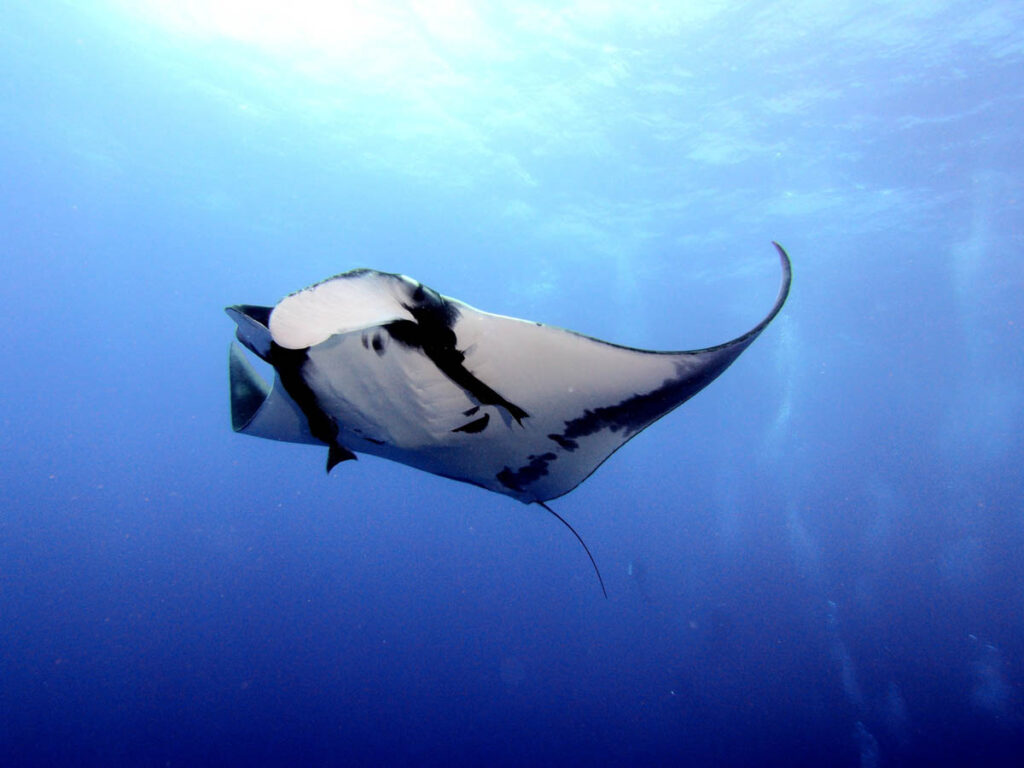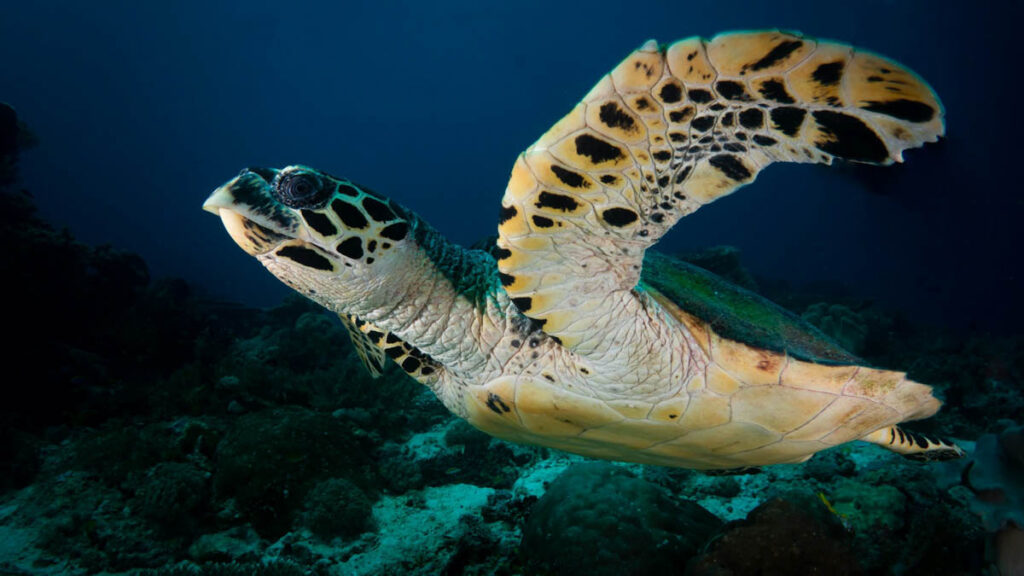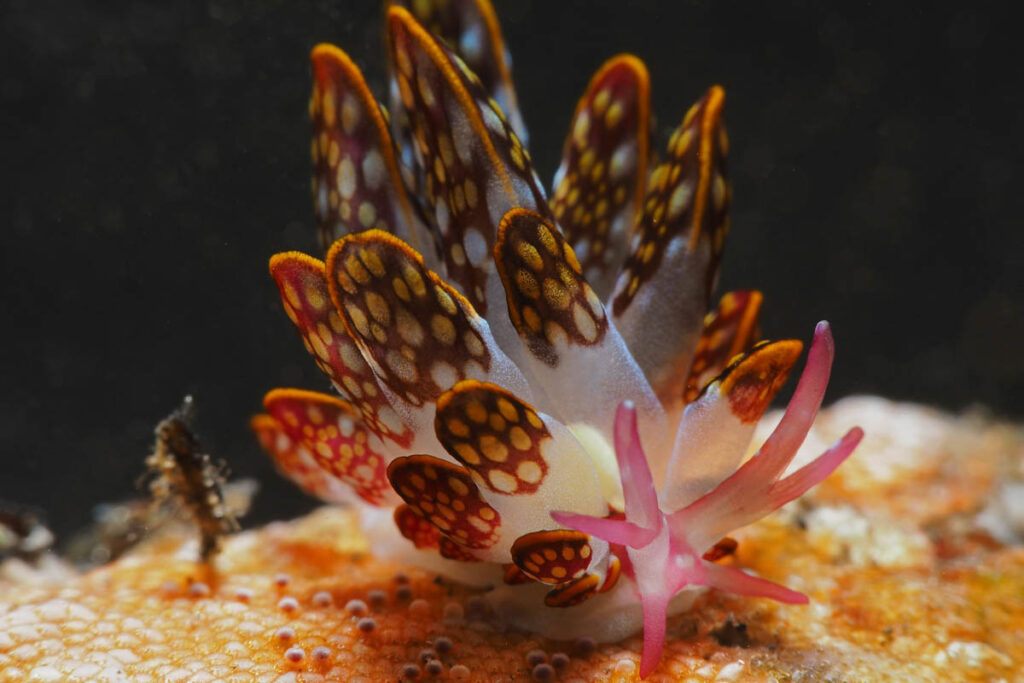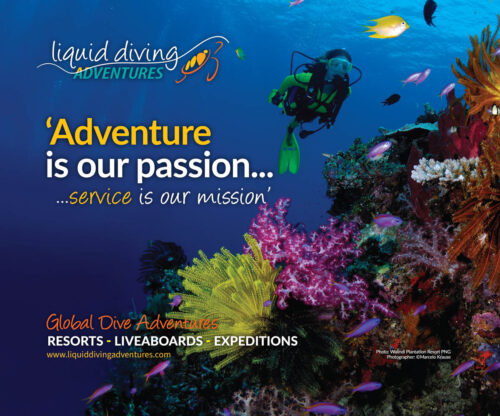Southeast Asia is renowned for its breathtaking diving and is home to some of the most biologically diverse waters on the planet. At the heart of this region is the Coral Triangle, a marine area that covers parts of Indonesia, Malaysia, the Philippines, Timor-Leste, Papua New Guinea, and the Solomon Islands. This area harbors nearly 600 species of coral and a vast array of marine life, making it a global hotspot for scuba divers.

While many divers flock to well-known sites like Indonesia’s Raja Ampat or Thailand’s Similan Islands, Southeast Asia also offers a treasure trove of lesser-known diving destinations. These hidden gems are perfect for divers seeking adventure off the beaten path, where pristine reefs, wrecks, and unique underwater landscapes await. By exploring these quieter spots, divers not only enjoy uncrowded dive sites but also contribute to the local communities and help preserve their untouched ecosystems.
Here are 10 hidden dive gems in Southeast Asia for your bucket list.
Labuan, Malaysia.
Located off the coast of Borneo, Labuan is a hidden wreck diving paradise. This area is home to several WWII wrecks, including the Australian Wreck, the American Wreck, and the Blue Water Wreck. These shipwrecks are adorned with vibrant soft corals and attract schools of fish.
Despite its incredible wreck dives, Labuan remains off the radar for many divers, providing a quieter and more serene experience than Malaysia’s more popular dive spots. Labuan is also known to have manta rays, especially around dive sites in the Labuan Marine Park. Both reef and giant oceanic mantas have been sighted and the peak months for mantas are May to July.
- Best time to dive: March to October.
- Experience level needed: Experienced (strong currents and depth).

Photo by Notto Suthipat on Unsplash
Mu Ko Surin, Thailand
While Thailand’s Similan Islands steal the spotlight for diving in Thailand, Mu Ko Surin National Park, located further north, is a lesser-known gem. The Surin Islands are less visited than the Similans, ensuring a more pristine underwater environment and fewer divers. These islands offer incredible coral reefs and shallow dives with no currents. There are numerous sea turtles and a diverse array of coral landscapes to explore.
At nearby Richelieu Rock, one of Thailand’s best dive sites for larger marine life, you can spot manta rays and whale sharks, and explore coral-covered landscapes teeming with fish. A liveaboard that combines diving in the Surin Islands with a trip to Richelieu Rock is a great combination for Advanced Open Water divers. You can enjoy easy diving at the Surin Islands and then work on your blue-water diving skills at the more challenging Richelieu Rock.
- Best time to dive: November to April.
- Experience level needed: All levels.

Photo by Benjamin L. Jones on Unsplash
Pulau Weh, Indonesia
Tucked away in the far north of Sumatra, Pulau Weh is a hidden treasure of diving in Indonesia. This volcanic island has a laidback vibe and offers an abundance of marine life, including blacktip reef sharks, manta rays, sea turtles, dolphins, pelagic fish, and a variety of critters. The reefs are full of healthy corals, and dive sites feature dramatic underwater topography with canyons, pinnacles, and swim-throughs.
- Best time to dive: May to September.
- Experience level needed: Experienced (strong currents and deep wrecks).

Photo by allPhoto Bangkok on Unsplash
Koh Sdach, Cambodia
For a hidden gem in Cambodia, consider Koh Sdach. This tiny island, located in the Koh Kong Archipelago, remains largely off the tourist radar. The diving here is still relatively undiscovered, with healthy coral reefs and diverse marine life, including turtles, schools of fish, and colorful macro critters.
The local dive operators focus on sustainable tourism, and the island itself has a more laid-back, traditional vibe compared to the growing popularity of dive spots such as Koh Rong Samloem. There are plenty of shallow, current-free dive sites, making Koh Sdach perfect for getting your diving license.
Koh Sdach’s dive centers not only offer diving services but also engage in conservation efforts to protect the local marine environment. This island is a great choice for environmentally conscious divers who want to explore all that diving in Cambodia has to offer away from any crowds.
- Best Time to Dive: November to April.
- Experience Level Needed: All levels.
Mergui Archipelago, Myanmar
The Mergui Archipelago, located in the Andaman Sea, is one of Southeast Asia’s most secluded diving regions. With over 800 islands, this area offers unspoiled dive sites with crystal-clear waters, stunning coral reefs, and encounters with reef sharks, whale sharks, and rays.
The Mergui Archipelago has been affected by overfishing in some regions, particularly in the northern parts. However, the southern areas of the archipelago, such as around the island groups closer to the Thailand border, tend to offer better dive conditions.
Areas like Shark Cave, Black Rock, and North Twin Island are known for their healthy marine life and diverse underwater environments, making them some of the best spots to explore in the archipelago.
These sites are more remote and less impacted by human activity, providing better chances to encounter sharks, manta rays, and other pelagic species, as well as vibrant coral reefs. Diving operators in the region are aware of the conservation challenges and often guide divers to the healthier southern dive sites.
Diving in the southern Mergui Archipelago typically involves open-ocean diving and can feature strong currents, so it’s a good idea to get your drift diving certification and hone your buoyancy control skills before you go diving here.
- Best time to dive: November to April
- Experience level needed: Experienced (steep walls and currents)

Sipaka Point, Timor-Leste
Timor-Leste is off the radar for most divers, and Sipaka Point is one of its top dive sites for muck diving enthusiasts. This site is perfect for photographers looking to capture macro life such as frogfish, pipefish, and rare nudibranchs. The untouched waters of Timor-Leste also provide fantastic visibility and a quiet dive experience away from the crowds of more popular destinations.
Some dive sites in Timor-Leste, especially around Atauro Island and the Strait of Wetar, are known for strong currents. These can provide thrilling drift dives but are better suited to experienced divers who are comfortable in such conditions.
- Best time to dive: April to November.
- Experience level needed: Advanced to experienced (strong currents).
Tunku Abdul Rahman Park, Malaysia (Borneo)
Located just a short boat ride from Kota Kinabalu, Tunku Abdul Rahman Park offers a variety of lesser-known dive sites that are often overlooked in favor of Sipadan. However, this marine park is home to vibrant coral reefs and rare species like the flamboyant cuttlefish, making it a great spot for macro divers. Sites like “Ron’s Reef” and “Pulau Gaya” offer a mix of muck diving and coral gardens, ideal for those wanting to explore a quieter part of Borneo’s waters.
- Best time to dive: March to October.
- Experience level needed: All levels.
Con Dao Islands, Vietnam
Diving in Vietnam is still relatively unknown but offers diverse experiences, with calm, beginner-friendly waters and exciting caverns and pinnacles for more advanced divers. The Con Dao archipelago is a stunning area known for its healthy coral reefs, including large fields of table corals and extensive hard coral gardens.
These jungle-clad islands with white sand beaches give way to warm, azure waters teeming with life. Dive sites feature an array of marine life, from turtles to stingrays and rare macro species like ghost pipefish. Because of its remote location, the Con Dao Islands remain largely unexplored by divers, offering pristine underwater environments.
- Best time to dive: March to September.
- Experience level needed: Advanced.

Sangalaki, Indonesia
Situated in the Derawan archipelago of Indonesia, Sangalaki is an untouched paradise famous for its manta rays. It is one of the few places in the world where you can encounter mantas year-round. Divers visiting Sangalaki have a high chance of encountering these majestic creatures as they visit the island’s cleaning stations.
The reefs around Sangalaki are also teeming with life, including green turtles, reef sharks, and a variety of colorful fish species. Despite its incredible biodiversity, Sangalaki remains a well-kept secret among divers.
- Best time to dive: June to October.
- Experience level needed: Advanced.
Tubbataha National Park, Philippines
The Tubbataha National Park is a UNESCO World Heritage Area located in the middle of the Sula Sea. It may be well known but it remains a quieter destination than other areas of the Philippines due to its remote location. Accessible only by liveaboard, Tubbataha offers some of the best reef diving in the Coral Triangle.
Discover dramatic walls covered in healthy corals and frequent sightings of pelagic species like hammerhead sharks and barracudas. The remoteness of Tubbataha and its short dive season (mid-March to mid-June) ensures that it remains one of the most pristine and untouched places to go diving in the Philippines.
- Best time to dive: March to June.
- Experience level needed: Advanced to experienced (drop-offs and occasional strong currents).

When diving at remote destinations, there are a few key factors to consider for your safety. If you are not used to diving in remote areas (or you need a reminder), keep these tips handy:
- Diving Infrastructure: Choose a well-established dive center with certified guides who are familiar with the local conditions.
- Local Regulations: Understand and adhere to local diving regulations and guidelines.
- Medical Facilities: Dive conservatively and familiarize yourself with local emergency protocols and nearby medical facilities.
- Insurance: Make sure you have appropriate dive and travel insurance.
- Training & Experience: Confirm that you and your buddy are qualified for the dive site’s conditions and challenges.
- Currents and Conditions: Always follow the guidance of your dive operator regarding safe entry and exit points and be prepared for variable conditions.
- Dive safety gear: Carry your own safety gear (e.g., SMB, dive torch) and stay up-to-date on weather conditions.
- Environmental Awareness: Be informed about the local marine life and potential hazards.
- Weather Monitoring: Keep an eye on weather patterns and be prepared to adjust your plans accordingly.
- Contingency Planning: Have a plan for unexpected situations (e.g., lost buddy, equipment failure).







